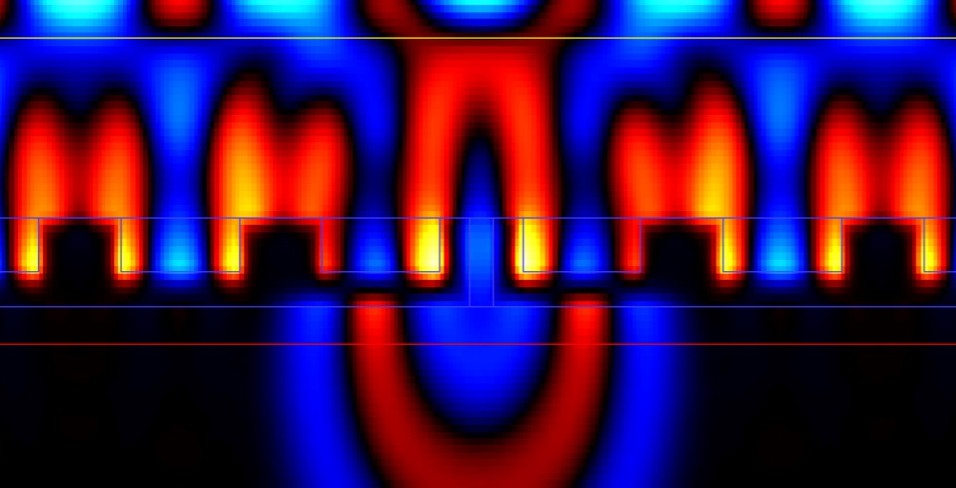
Band-pass filter – only frequencies in a frequency band are passed.High-pass filter – high frequencies are passed, low frequencies are attenuated.Low-pass filter – low frequencies are passed, high frequencies are attenuated.The frequency response can be classified into a number of different bandforms describing which frequency bands the filter passes (the passband) and which it rejects (the stopband):.Some terms used to describe and classify linear filters: m-derived filter, a modification of the constant k with improved cutoff steepness and impedance matching.Constant k filter, the original and simplest form of wave filter.Some important filters designed by this method are: Filters designed by this methodology are archaically called "wave filters". This results in each having a different transfer function.Īnother older, less-used methodology is the image parameter method.

The difference between these filter families is that they all use a different polynomial function to approximate to the ideal filter response.


If the filter operates in a spatial domain then the characterization is space invariance. time-variant or time-invariant, also known as shift invariance.There are many different bases of classifying filters and these overlap in many different ways there is no simple hierarchical classification. Filters are widely used in electronics and telecommunication, in radio, television, audio recording, radar, control systems, music synthesis, image processing, and computer graphics. Correlations can be removed for certain frequency components and not for others without having to act in the frequency domain. However, filters do not exclusively act in the frequency domain especially in the field of image processing many other targets for filtering exist. Most often, this means removing some frequencies or frequency bands. Filtering is a class of signal processing, the defining feature of filters being the complete or partial suppression of some aspect of the signal. In signal processing, a filter is a device or process that removes some unwanted components or features from a signal. Device or process that removes unwanted components or features from a signal, or enhances wanted ones, or both


 0 kommentar(er)
0 kommentar(er)
